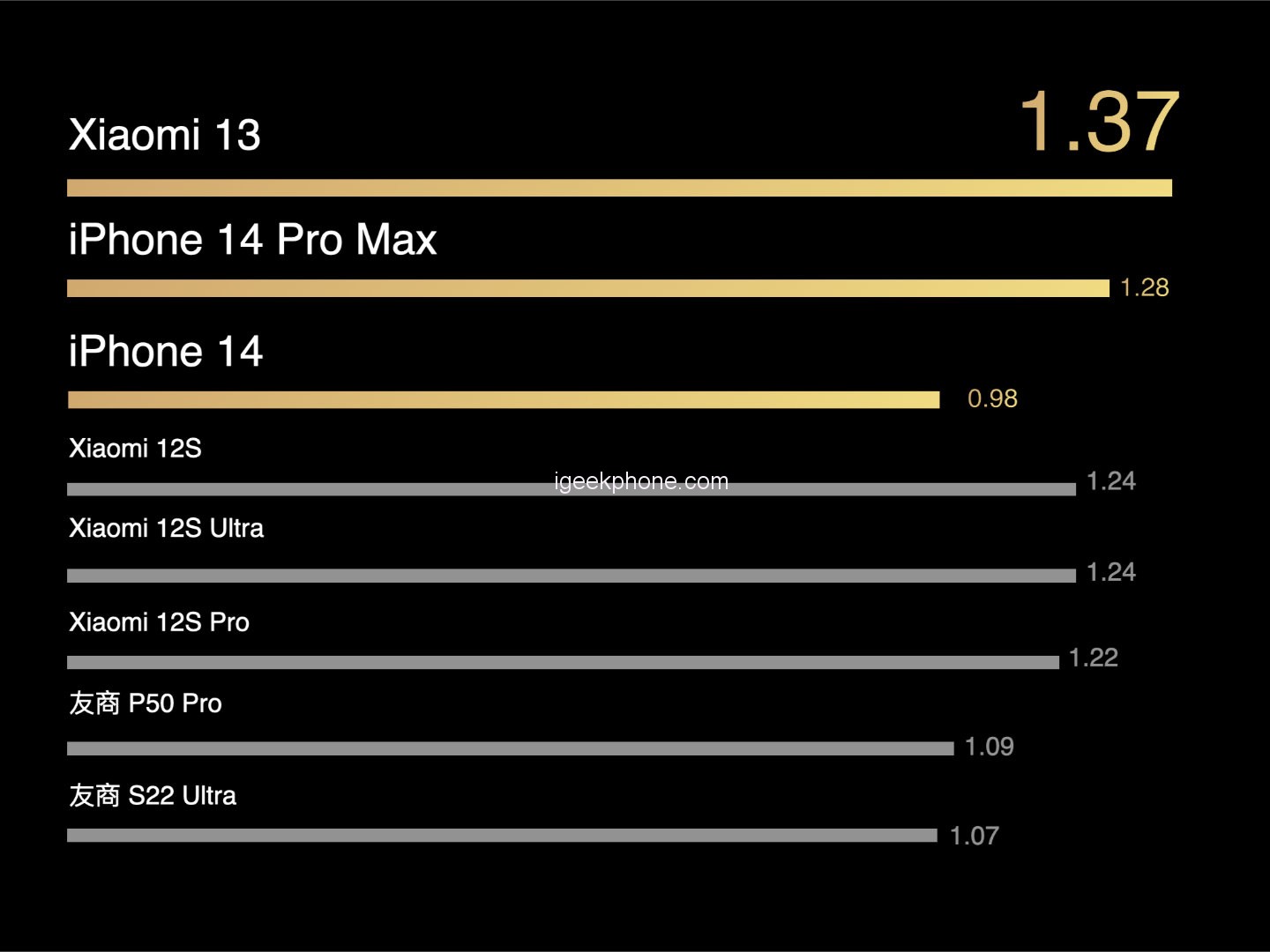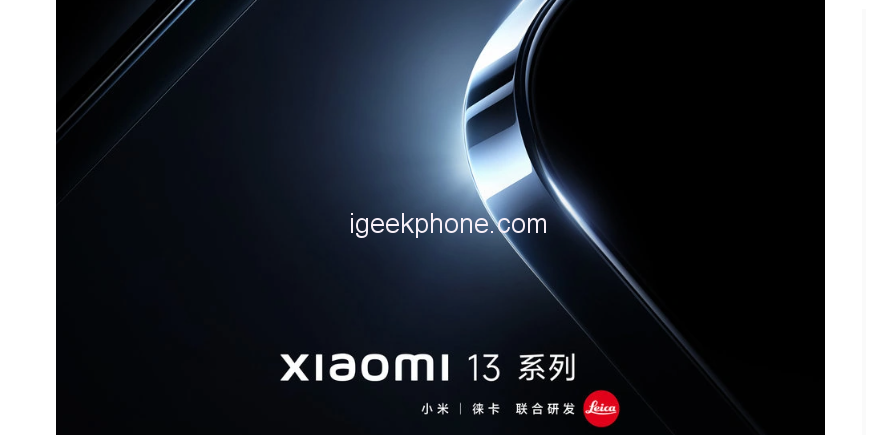As we know that the Xiaomi 13 series & MIUI 14 new product launch conference will be held at 7:00 pm on December 1st. Ahead of the launch, Lei Jun the co-founder and chairman of Xiaomi just share a long article introducing some core configurations of the new phone. Let’s take a look.

Lei Jun said that the Xiaomi 13 series is a new generation of performance kings. This whole series is powered by a second-generation Snapdragon 8 processor, as well as the latest generation of LPDDR5X 8533Mbps memory and UFS 4.0 flash memory. This is a concentrated explosion of the three major components of performance, and it also brings a comprehensive surge in performance and experience.
The second-generation Snapdragon 8 is the most powerful chip in the history of Snapdragon and the most energy-efficient chip in the last three generations. Based on TSMC’s 4nm process, the CPU part adopts 1+4+3 architecture. The brand-new X3 super-large core has a frequency of up to 3.19GHz, peak power, and a performance increase of 17%. The performance core adopts the A715+A710 fusion architecture, the frequency is increased to 2.8GHz, and the 64/32bit compatibility is retained. The small core A510 represents the background and battery life, the performance has been improved by 12%, and 64/32bit compatibility has been added.

The CPU multi-core performance is 37% higher than the previous generation, and the Geekbench 5 multi-core test results are comparable to the A16. GPU performance is king, and the performance of the new Adreno GPU has exploded by 42%, even 25% stronger than A16. More importantly, the improvement in performance does not come at the expense of increased power consumption. The second-generation Snapdragon 8 only needs about half the power consumption when the performance reaches the peak performance of the previous generation. This makes the overall temperature of the Xiaomi 13 significantly ahead of the iPhone under game load, and the frame rate is more stable.

This series also comes standard with the latest generation of LPDDR5X 8533Mbps memory and UFS 4.0 flash memory. The memory bandwidth of Xiaomi 13 has reached the level of desktop chips, which can better handle high data throughput applications such as continuous shooting and high-definition video recording. UFS 4.0 can bring a sequential read capability of up to 3.5GB/s, double that of UFS 3.1. UFS 4.0 is also fully equipped with FBO storage refresh technology, which makes flash memory always fresh.

Lei Jun has also released a battery life DOU test, and a number exceeding 1 means that it can be used normally for 1 day. From the picture, we can find that the DOU score of Xiaomi 13 has reached 1.37, which is stronger than the battery life of Apple’s iPhone 14 Pro Max, which was praised by a large number of users before.

 He also said that Xiaomi is studying how to make the battery life of the mobile phone breakthrough 2 days, and he often spurs the Xiaomi R&D team to achieve this goal.
He also said that Xiaomi is studying how to make the battery life of the mobile phone breakthrough 2 days, and he often spurs the Xiaomi R&D team to achieve this goal.

Judging from the official poster, the standard version of Xiaomi 13 has a straight screen, a custom high-end OLED straight screen, and a visual quadrilateral; the Pro version has a hyperbolic screen. Among them, it has a width of 1.61mm on three sides and a width of 1.81mm at the widest point, with a screen-to-body ratio of 93.3%, using a centered punch-hole screen.

According to Lei Jun, the front of the Xiaomi 13 is slightly 2.5D, and the back is a four-curved surface, with a width of 71.5mm, “surprisingly comfortable to hold”. In addition, all phones of the series are equipped with IP68 as standard, which is also the highest level of dustproof and waterproof standards.
Read Also: ZTE Axon 40 Ultra Aerospace Edition Unveiled, Starting at $823
Do not forget to follow us on our Facebook group and page to keep you always aware of the latest advances, News, Updates, review, and giveaway on smartphones, tablets, gadgets, and more from the technology world of the future.











